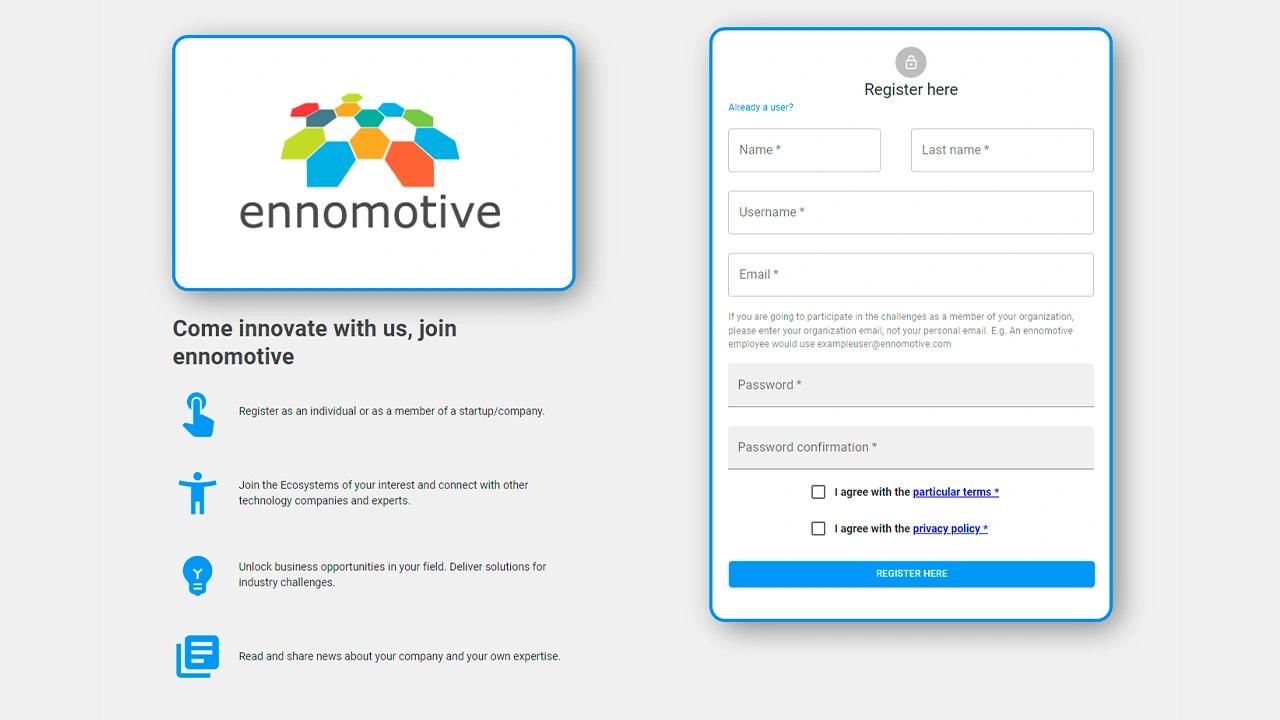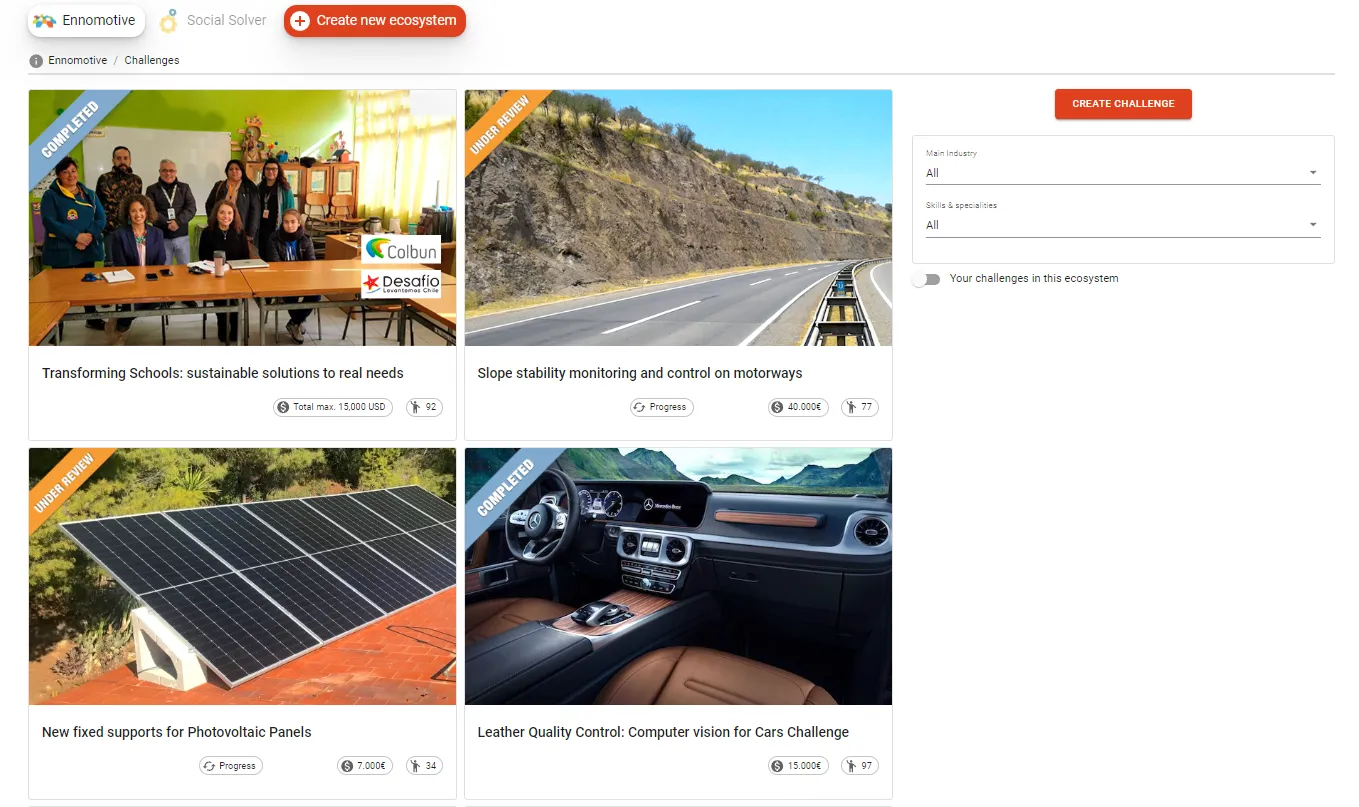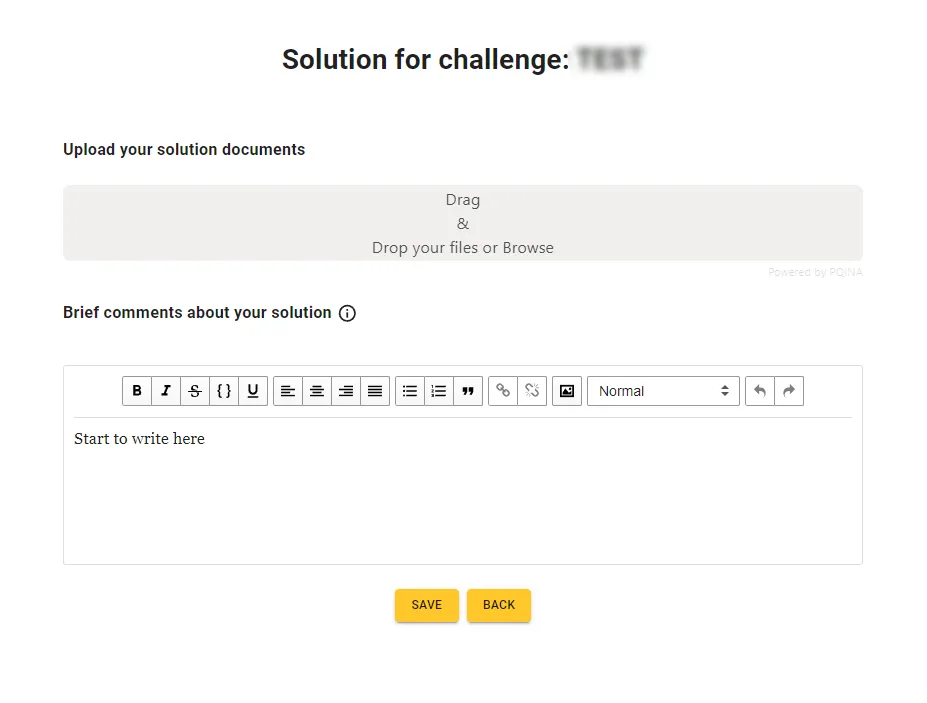Background
Once the healthcare system is forced to turn warehouses into makeshift intensive care wards, as the images seen from Italy, then each ‘ward’ will feature the following characteristics:
• Hundreds of patients, tightly organised.
• Rudimentary infrastructure – probably mobile compressors and restricted use of oxygen bottles.
• Healthcare staff with below average respiratory care skills, and very tired/overworked.
This is not a realistic environment for an advanced skill and infrastructure demanding ICU ventilator. It is also not an environment for a single limb homecare ventilator, which exhausts contaminants into the ambient environment and places the healthcare personnel at significant risk from cross- contamination. Quite evidently, we have reached emergency conditions and compromises must be made.
Health services across the world are procuring ventilators. It is observed that many procurement specifications have requested Volume Control ventilation. Real-time breath volume measurement technology is relatively complex to implement (compared to pressure measurement). It demands components and sensors with very fine manufacturing tolerances. Also, the blending of air and oxygen into a medical gas, accounts for a component count that is in short supply or currently cannot easily be shipped across the world.
Keep in mind that 75% of the emergency ventilators will be operated by non-expert personnel, who will find the complexity of Volume Control unmanageable – both therapeutically and technically. Simpler Pressure Control ventilators of the past (as the one I monitored as an Army nurse in the 1980’s) have delivered, and are still delivering, a valuable level of therapy – without Volume Control. Pressure Control ventilation can offer a better match for the conditions in the makeshift ward.
The challenge
The selected solution in the previous challenge (described in annex1-Frede's Solution166), proposes a ventilation system based in the classic ventilators used in the past, to be used in a 10-bed ward. This configuration is scalable to many more beds, in extended or parallel arrangements. The ventilators stand on bedside tables. The ventilators receive pre-blended gas, from one of the optional supply lines. This arrangement significantly simplifies the ventilator design.
The FiO2 concentration in the supply lines is adjusted by regulating the oxygen supply pressure from the bottles. The concentration is monitored using oxygen cell technology. The monitor will signal if the FiO2 level drifts, say when several patients are switched to the alternative line. This will require a technician attending to the line and adjusting the oxygen bottle regulator, until the target FiO2 is met (+/-3% v/v).
The design has the main following characteristics (see annex1-Frede's Solution166):
- Interfaces with intubated, unconscious and semi-conscious, patients; and interfaces with pressure ventilation masks on conscious patients.
- Pressure Controlled SIMV (Synchronised Intermittent Mandatory Ventilation) mode of ventilation only. No need to select and switch between alternative modes. SIMV behaves as PSV (Pressure Support Ventilation) when the patient makes efforts, and it behaves as CMV (Continuous Mandatory Ventilation) if the patient does not make any efforts. When used with a mask on a consciously breathing patient, the SIMV behaves as Synchronised BiPAP. Switching the PIP cycle off (or setting it equal to PEEP) makes SIMV behave as CPAP (whether the patient is intubated or mask interface).
- Breath detection by pressure change algorithm (not flow sensor or nerve activity).
- Design to be developed and validated to ‘acceptable’ standards in 1 week.
- Combination devices required to monitor ventilation output:
- Portable TcCO2 or EtCO2 device, to monitor CO2 elimination (measure of ventilation efficiency).
- Portable SpO2 device, to monitor blood oxygen saturation.
You can also see:
- Annex1-Frede's Solution166 UK.pdf
- Annex2-BOM_Solution166v2.xlsx
- Annex3-Minimum Requirements.pdf
Other resources to find more information:
- Annex4-Ventilator How it works.pdf
For inspiration, we share other submissions from the last challenge, with a similar technical approach:
- Annex5-Hugh's Solutio187 UK.pdf
- Annex6- Mohamed's Solution197 Sudan.pdf
- Annex7-Giménez's Solution135 Argentina.pdf
- Annex8-Nathan's Solution159 USA.pdf
What we are looking for
The goal of this challenge is to make improvements to the solution described in annex1.
We need to make sure that we have availability for the required components of the BOM (shown in annex2), specially:
- Valves used in medical equipment
- Pressure sensors
- Oil free air compressor
For this purpose, we are looking for alternative models and manufacturers that meet the requirements for every component. You can also propose alternative designs that solve availability stock constrains.
In addition, you are welcome to propose further improvements or evolutions like the following:
- Exhalation monitoring through airflow detection
- Replace the compressor by adequately adapted air-pushing elements like ventilation fans, etc.
- Others
Evaluation Criteria
Some improvements may be added to the main solution following these criteria:
- Comply with the minimum requirements
- Component availability
- Reliability of the ventilator
- Easy to build
- Low cost
- Easy to clean/sterilise
Deliverables
This is a one round challenge:
Please, submit a description of your solution, in a PDF document, structured in paragraphs (avoid long texts), and include an index and lists. This way, part of your solution may be used to build a different one.
Support your solution with images, sketches or diagrams. This will help us understand your solution better.
Timeline
1st round – 1 week + 2 days for evaluation by participants
Solutions and results will be published right after, and a new round will be open to work on improvements.



